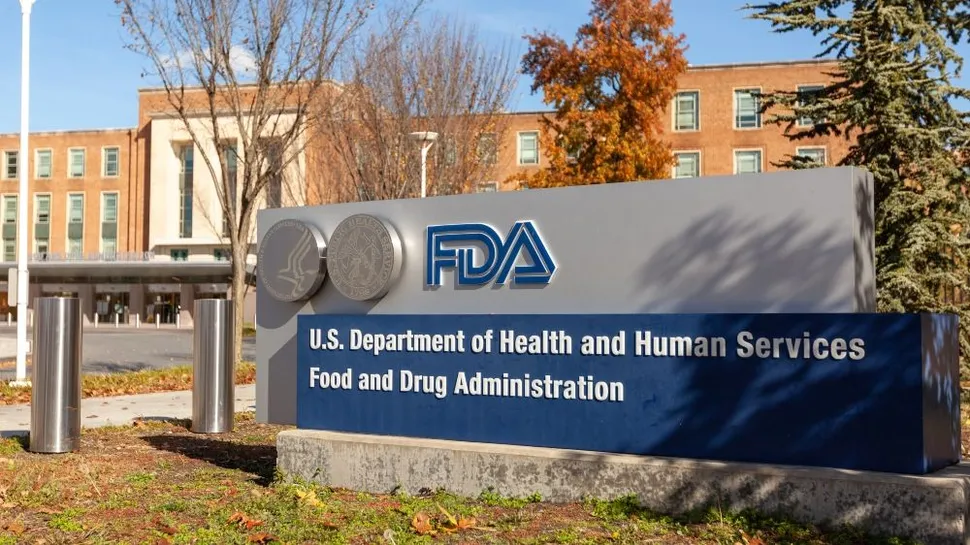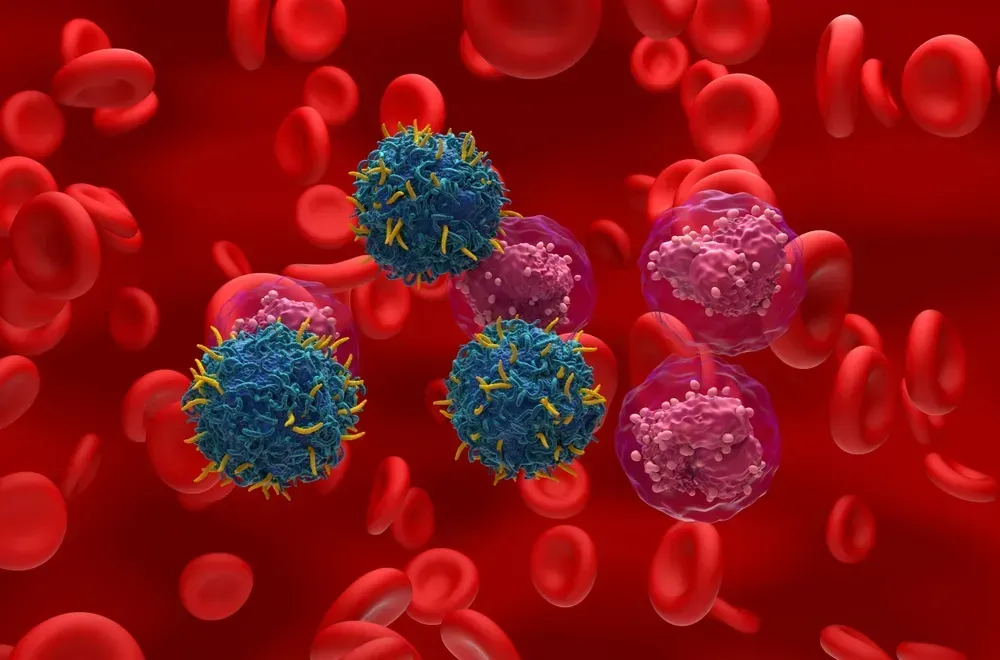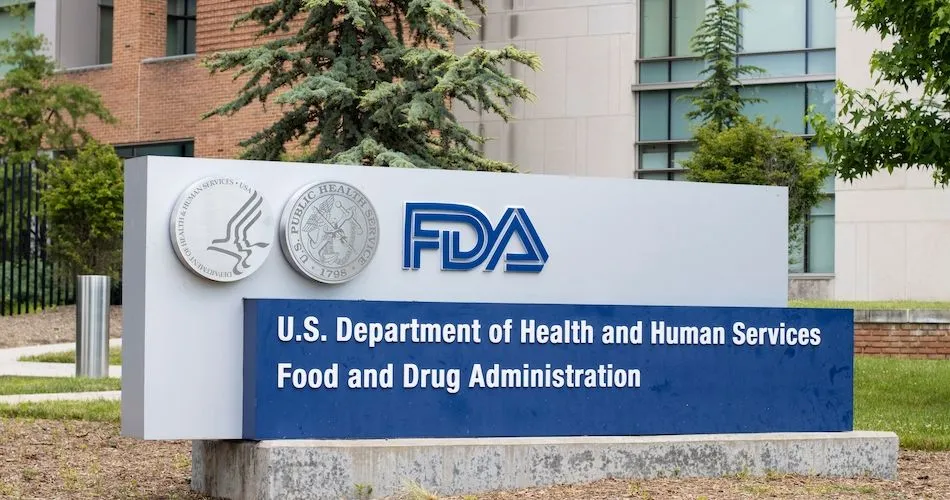New Bispecific Myeloma Treatment to be Reviewed by FDA

Are you an advanced multiple myeloma patient working with your oncologist to determine the best treatment options? Deciding on the best way to treat your myeloma can be frustrating and overwhelming, but educating yourself on treatment research may alleviate some anxiety.
Treatment approaches to multiple myeloma are constantly evolving. The Food and Drug Administration has accepted a biologic license application (BLA) for bispecific antibody therapy (Linvoseltamab) for priority review and has a target action date of August 22nd, 2024.
This article aims to help answer questions regarding emerging myeloma treatments. We will discuss multiple myeloma drug therapies and what Linvoseltamab bispecific antibody therapy is.
Stages of Myeloma Treatment and Understanding Myeloma Lines of Therapy
As an advanced multiple myeloma patient, you have probably been presented with the treatment options, but let’s review the steps.
Treatment stages for myeloma and other cancers are generally called “first, second, third, etc.” lines of therapy, which refers to the order in which the treatments are given.
The first line of treatment for multiple myeloma includes three stages: the induction stage, the consolidation stage, and the maintenance stage.
Induction therapy will depend on whether you qualify for an autologous stem-cell transplant. The current gold-standard induction therapy is D-RVd or D-KRd (daratumumab, lenalidomide or carfilzomib, bortezomib, and dexamethasone.) Daratumumab is not always used in induction therapy but is highly recommended by most myeloma specialists.
The consolidation stage includes continuing induction therapy for autologous stem-cell transplant-ineligible patients and transplantation and a short course of chemotherapy for eligible patients. You can learn more from this webinar recording here: Know Your Myeloma Therapy: What's Available for Consolidation Therapy?
Lastly, maintenance therapy is usually an oral pill of lenalidomide (REVLIMID) but, if you are on a clinical trial, are high risk, or have kidney involvement (or something else) your maintenance therapy could include proteasome inhibitors (Velcade), daratumamab (Darzalex) and maybe steroids (dexamethasone).
These myeloma medications and stages of treatment aim to reduce the amount of M-protein (antibodies produced by malignant plasma cells), eliminate myeloma cells from the bone marrow, improve quality of life, provide the longest possible response period, and prolong overall survival.
The induction, consolidation, and maintenance stages of therapy constitute one line of therapy. This can get tricky, as you most likely had three different combinations/treatments, or even a stem cell transplant as a part of your initial treatment and it feels like you should be further than just one line of therapy, however, that's the way it's currently measured in today's myeloma treatment landscape.
When the disease progresses after your initial therapies (or first line), and you need to start treatment again, then you will be on your second line of therapy.
What is the plan of action when the first, second, and third-line treatments do not result in a myeloma response or the myeloma response doesn’t last? Clinical trials and newly developed therapies are utilized.
Linvoseltamab Bispecific Antibody Therapy
Clinical trials and emerging treatments, such as bispecific antibody therapies, may be initiated when myeloma relapses or advances after multiple lines of treatment have failed.
One bispecific antibody therapy, Linvoseltamab, has a target action date of August 22nd, 2024, for the FDA to decide on it; this treatment could be available to relapsed/refractory patients whose myeloma has advanced after three or more lines of therapy.
Bispecific antibody therapy is a next-generation monoclonal antibody therapy. It employs laboratory-engineered antibodies to bind malignant plasma cells with the B-cell maturation antigen and flag CD3-expressing T cells to facilitate T-cell activation and cancer cell killing.
The Linvoseltamab Trial Results
The second phase results of the clinical trial of Linvoseltamab use in relapsed/refractory myeloma patients included 117 patients. Each patient received the recommended 200 mg dosage and had follow-ups at eight and eleven months.
At eight months, the overall response rate was 69%, and the complete response rate was 39%. At eleven months, the objective response rate of these patients was 71%, with 46% achieving a complete response or better.
Although Linvolseltamab is currently being used on patients who have relapsed/refractory myeloma after three lines of therapy, additional trials in earlier lines of therapy and stages of disease are planned.
With overall response rates improving over time, phase three of the Linvoseltamab clinical trial is now enrolling participants.
Conclusion
Multiple myeloma presents differently in everyone, and sometimes, the first, second, and third lines of therapy are ineffective in myeloma response. However, emerging treatment options and corresponding clinical trials provide options to advanced myeloma patients.
Through education and dedication to your myeloma treatment, you may discuss with your oncologist the possibility of participating in a clinical trial.
Research and scientific advancements provide opportunities for growth in myeloma treatments; Linvoseltamab is one example of many treatments that the FDA approves for further review and clinical application.
Never give up hope because you are not alone in pushing toward a myeloma response.
References
- Ahlstrom, J. (2017, February 08). Myeloma 101: The difference between consolidation and maintenance therapy. HealthTree.
- Managed Healthcare Executive. (2024, February 21). FDA sets review date for Linvoseltamab to treat advanced multiple myeloma.
- Scott, R. (2024, February 03). Linvoseltamab continues to elicit durable efficacy in high-risk relapsed/refractory multiple myeloma. OncLive.
- Regeneron. (2024, February 21). Linvoseltamab BLA for treatment of relapsed/refractory multiple myeloma accepted for FDA priority Review.
Are you an advanced multiple myeloma patient working with your oncologist to determine the best treatment options? Deciding on the best way to treat your myeloma can be frustrating and overwhelming, but educating yourself on treatment research may alleviate some anxiety.
Treatment approaches to multiple myeloma are constantly evolving. The Food and Drug Administration has accepted a biologic license application (BLA) for bispecific antibody therapy (Linvoseltamab) for priority review and has a target action date of August 22nd, 2024.
This article aims to help answer questions regarding emerging myeloma treatments. We will discuss multiple myeloma drug therapies and what Linvoseltamab bispecific antibody therapy is.
Stages of Myeloma Treatment and Understanding Myeloma Lines of Therapy
As an advanced multiple myeloma patient, you have probably been presented with the treatment options, but let’s review the steps.
Treatment stages for myeloma and other cancers are generally called “first, second, third, etc.” lines of therapy, which refers to the order in which the treatments are given.
The first line of treatment for multiple myeloma includes three stages: the induction stage, the consolidation stage, and the maintenance stage.
Induction therapy will depend on whether you qualify for an autologous stem-cell transplant. The current gold-standard induction therapy is D-RVd or D-KRd (daratumumab, lenalidomide or carfilzomib, bortezomib, and dexamethasone.) Daratumumab is not always used in induction therapy but is highly recommended by most myeloma specialists.
The consolidation stage includes continuing induction therapy for autologous stem-cell transplant-ineligible patients and transplantation and a short course of chemotherapy for eligible patients. You can learn more from this webinar recording here: Know Your Myeloma Therapy: What's Available for Consolidation Therapy?
Lastly, maintenance therapy is usually an oral pill of lenalidomide (REVLIMID) but, if you are on a clinical trial, are high risk, or have kidney involvement (or something else) your maintenance therapy could include proteasome inhibitors (Velcade), daratumamab (Darzalex) and maybe steroids (dexamethasone).
These myeloma medications and stages of treatment aim to reduce the amount of M-protein (antibodies produced by malignant plasma cells), eliminate myeloma cells from the bone marrow, improve quality of life, provide the longest possible response period, and prolong overall survival.
The induction, consolidation, and maintenance stages of therapy constitute one line of therapy. This can get tricky, as you most likely had three different combinations/treatments, or even a stem cell transplant as a part of your initial treatment and it feels like you should be further than just one line of therapy, however, that's the way it's currently measured in today's myeloma treatment landscape.
When the disease progresses after your initial therapies (or first line), and you need to start treatment again, then you will be on your second line of therapy.
What is the plan of action when the first, second, and third-line treatments do not result in a myeloma response or the myeloma response doesn’t last? Clinical trials and newly developed therapies are utilized.
Linvoseltamab Bispecific Antibody Therapy
Clinical trials and emerging treatments, such as bispecific antibody therapies, may be initiated when myeloma relapses or advances after multiple lines of treatment have failed.
One bispecific antibody therapy, Linvoseltamab, has a target action date of August 22nd, 2024, for the FDA to decide on it; this treatment could be available to relapsed/refractory patients whose myeloma has advanced after three or more lines of therapy.
Bispecific antibody therapy is a next-generation monoclonal antibody therapy. It employs laboratory-engineered antibodies to bind malignant plasma cells with the B-cell maturation antigen and flag CD3-expressing T cells to facilitate T-cell activation and cancer cell killing.
The Linvoseltamab Trial Results
The second phase results of the clinical trial of Linvoseltamab use in relapsed/refractory myeloma patients included 117 patients. Each patient received the recommended 200 mg dosage and had follow-ups at eight and eleven months.
At eight months, the overall response rate was 69%, and the complete response rate was 39%. At eleven months, the objective response rate of these patients was 71%, with 46% achieving a complete response or better.
Although Linvolseltamab is currently being used on patients who have relapsed/refractory myeloma after three lines of therapy, additional trials in earlier lines of therapy and stages of disease are planned.
With overall response rates improving over time, phase three of the Linvoseltamab clinical trial is now enrolling participants.
Conclusion
Multiple myeloma presents differently in everyone, and sometimes, the first, second, and third lines of therapy are ineffective in myeloma response. However, emerging treatment options and corresponding clinical trials provide options to advanced myeloma patients.
Through education and dedication to your myeloma treatment, you may discuss with your oncologist the possibility of participating in a clinical trial.
Research and scientific advancements provide opportunities for growth in myeloma treatments; Linvoseltamab is one example of many treatments that the FDA approves for further review and clinical application.
Never give up hope because you are not alone in pushing toward a myeloma response.
References
- Ahlstrom, J. (2017, February 08). Myeloma 101: The difference between consolidation and maintenance therapy. HealthTree.
- Managed Healthcare Executive. (2024, February 21). FDA sets review date for Linvoseltamab to treat advanced multiple myeloma.
- Scott, R. (2024, February 03). Linvoseltamab continues to elicit durable efficacy in high-risk relapsed/refractory multiple myeloma. OncLive.
- Regeneron. (2024, February 21). Linvoseltamab BLA for treatment of relapsed/refractory multiple myeloma accepted for FDA priority Review.

about the author
Jessica Jones
My name is Jessica Jones, and I am a registered nurse licensed in Utah. I worked as a certified nursing assistant for four years, a licensed practical nurse for one year, and a registered nurse for over two years. Throughout my education and work experience, I have undergone personal hardships where members of my family have either been diagnosed or passed away from cancer. Therefore, I aim to help those in need directly or indirectly through my education and experience as a registered nurse.
More on Treatment Advances
Trending Articles
Upcoming Events




Get the Latest Multiple Myeloma Updates, Delivered to You.
By subscribing to the HealthTree newsletter, you'll receive the latest research, treatment updates, and expert insights to help you navigate your health.
Together we care.
Together we cure.
3x Faster.










